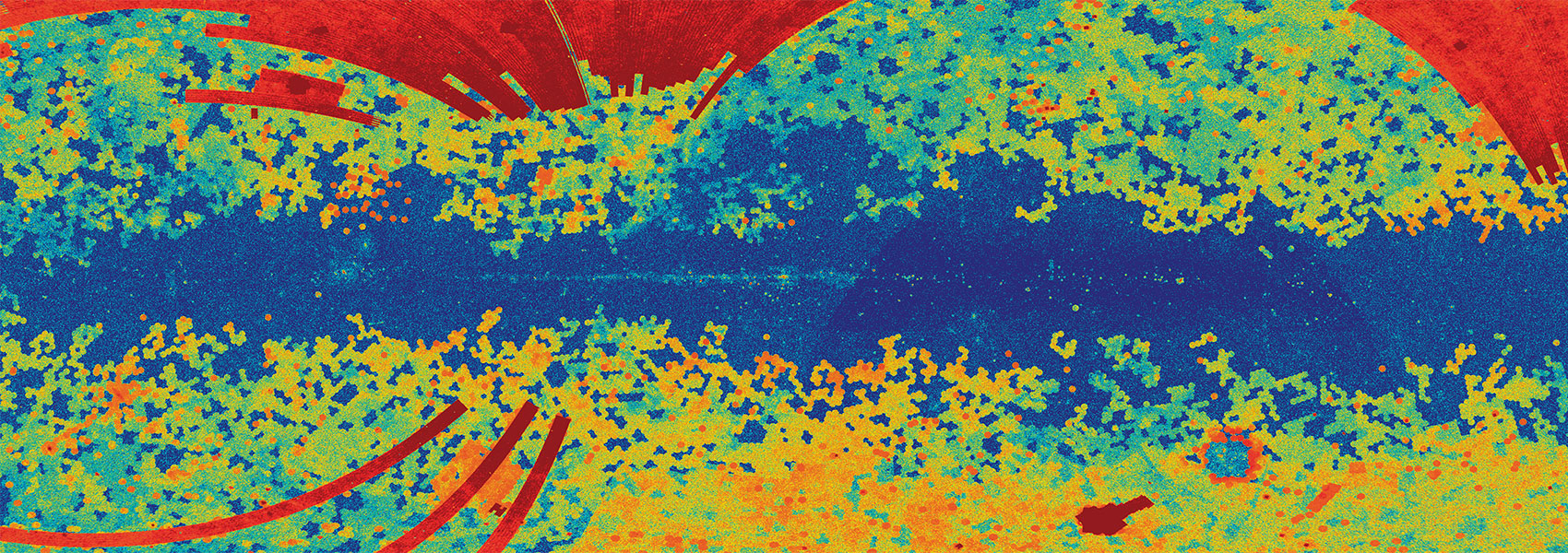November
2010
•
2010ApJ...723..895W
Authors
•
Wu, Yanling
•
Helou, George
•
Armus, Lee
•
Cormier, Diane
•
Shi, Yong
•
Dale, Daniel
•
Dasyra, Kalliopi
•
Smith, J. D.
•
Papovich, Casey
•
Draine, Bruce
•
Rahman, Nurur
•
Stierwalt, Sabrina
•
Fadda, Dario
•
Lagache, G.
•
Wright, Edward L.
Abstract
•
We study a 24 μm selected sample of 330 galaxies observed with the infrared spectrograph for the 5 mJy Unbiased Spitzer Extragalactic Survey. We estimate accurate total infrared luminosities by combining mid-IR spectroscopy and mid-to-far infrared photometry, and by utilizing new empirical spectral templates from Spitzer data. The infrared luminosities of this sample range mostly from 109 L sun to 1013.5 L sun, with 83% in the range 1010 L sun < L IR < 1012 L sun. The redshifts range from 0.008 to 4.27, with a median of 0.144. The equivalent widths of the 6.2 μm aromatic feature have a bimodal distribution, probably related to selection effects. We use the 6.2 μm polycyclic aromatic hydrocarbon equivalent width (PAH EW) to classify our objects as starburst (SB)-dominated (44%), SB-AGN composite (22%), and active galactic nucleus (AGN)-dominated (34%). The high EW objects (SB-dominated) tend to have steeper mid-IR to far-IR spectral slopes and lower L IR and redshifts. The low EW objects (AGN-dominated) tend to have less steep spectral slopes and higher L IR and redshifts. This dichotomy leads to a gross correlation between EW and slope, which does not hold within either group. AGN-dominated sources tend to have lower log(L PAH7.7 μm/L PAH11.3 μm) ratios than star-forming galaxies, possibly due to preferential destruction of the smaller aromatics by the AGN. The log(L PAH7.7 μm/L PAH11.3 μm) ratios for star-forming galaxies are lower in our sample than the ratios measured from the nuclear spectra of nearby normal galaxies, most probably indicating a difference in the ionization state or grain size distribution between the nuclear regions and the entire galaxy. Finally, we provide a calibration relating the monochromatic continuum or aromatic feature luminosity to L IR for different types of objects.
Links




